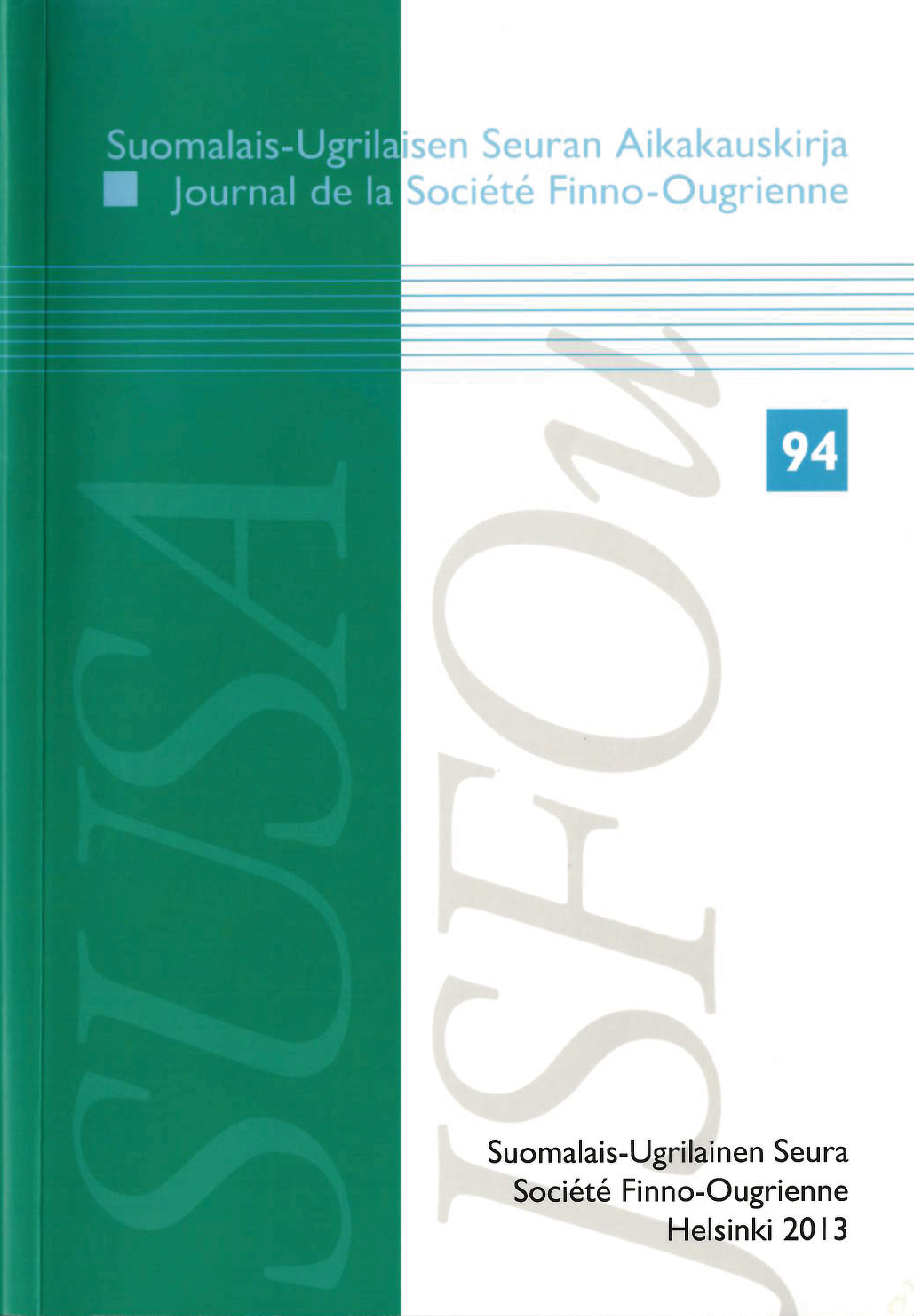Future time reference in the Finnic languages: LEE(NE)- verbs
DOI:
https://doi.org/10.33340/susa.82514Abstrakti
The Finnic languages are often presented as an example of languages that use the present tense for expressing the future. As generalizations about future time reference in the Finnic languages have usually been made on the basis of Finnish and Estonian, this study concentrates on the other Finnic languages/language varieties, mainly on Livonian, Tver Karelian, Veps, and Votic. It examines the verbs that have grammaticalized into future-marking devices at least to some extent. The main focus is on the verbs that are traced back to the Proto-Finnic root *lē- but that have their origin in Proto- Finno-Ugric. As these verbs have been primarily associated with futurate and modal meanings both in the Finnic as well as in other Finno-Ugric languages, they deserve a closer attention. The aim of this study is to see to what extent these verbs function as future-marking devices and what is their distribution in relation to other verbs that can be regarded as possible future-marking devices. The source material has been obtained from text collections, newspapers, language corpora and fieldwork data.





